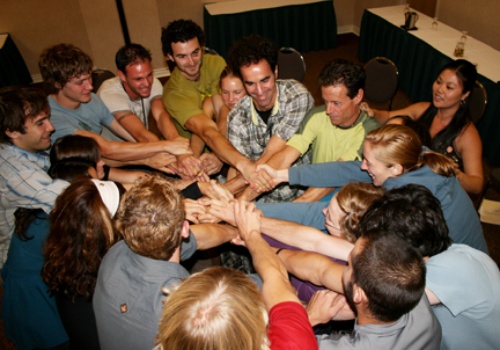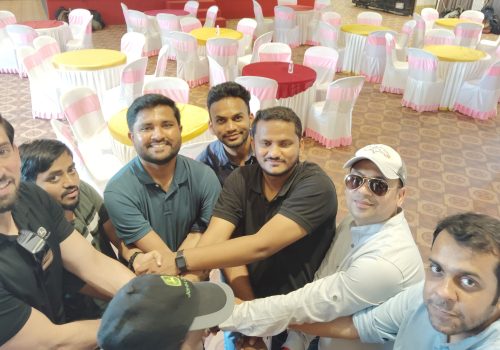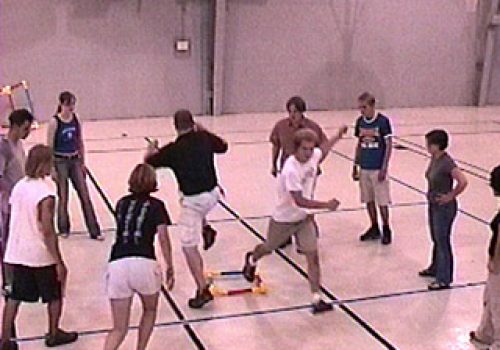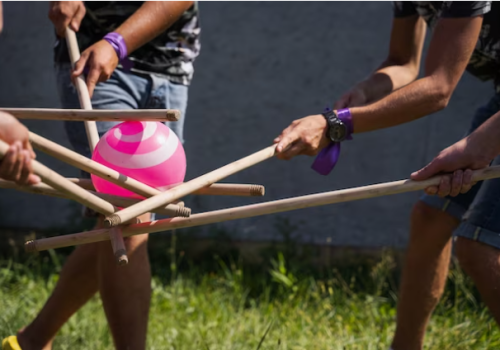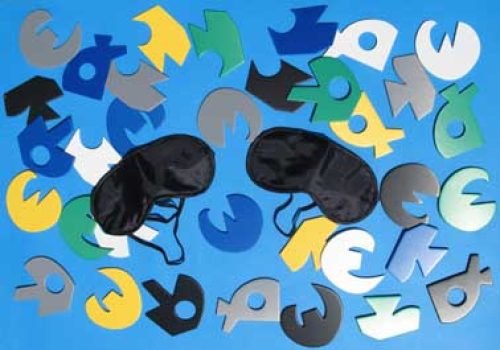Night Navigation – Find the way out
Night, dense forest, gushing water nearby, birds chirping sound, cold weather and you find yourselves map in hand and all this situation. Night navigation is another thrilling experience of adventure through different courses. Trekking a fort, trial walk, terrain exploration, night sky mapping, and all these things in one activity. Night navigation is designed to take the load of excessive thinking, getaways from the busy schedule, and new experiences in the list, have your list checked and leave everything on Youphoria Hospitality take care.
Task: Small team will have a separate map and each team will have small squads within such as the navigation squad, first aid squad, loader, etc., and have to take the team to the finish line at night. Immense thrill, a sense of achievement, that feeling of relaxation is all you need.
First – you need some really good lights; everyone on the team should have a decent headlamp and also one good hand light. Invest in decent lights – if you buy cheap flights you will end up spending more money as you replace them. It does take CR123-Pack of (lithium) batteries which are expensive if you buy them in a store. You also need a decent headlamp. It can run all night on low power and the beam mode lights up the night.
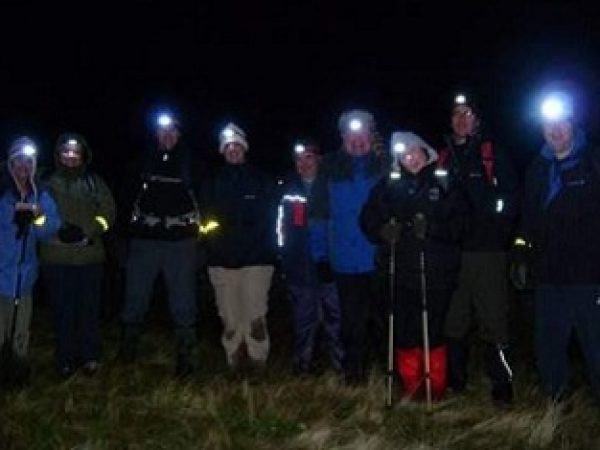
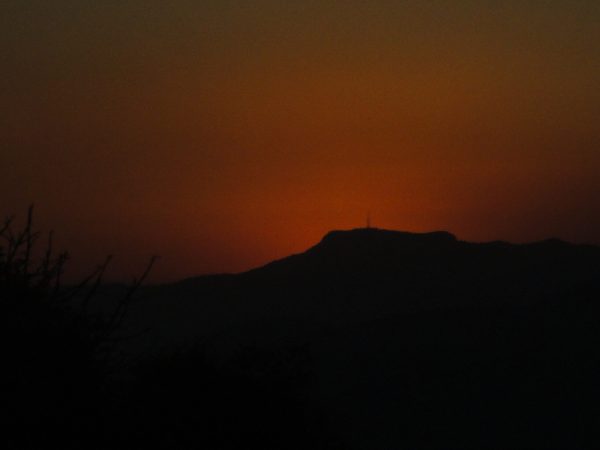
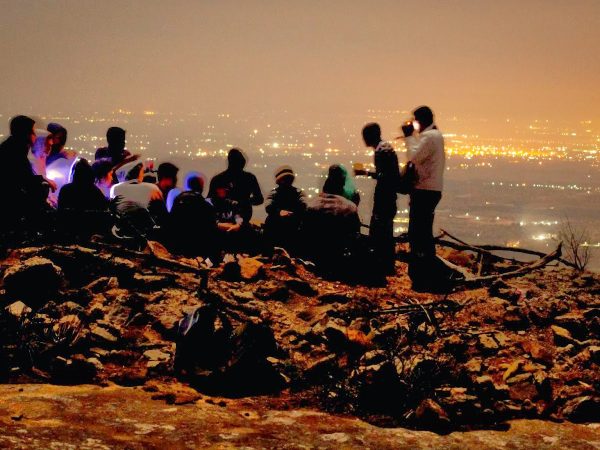
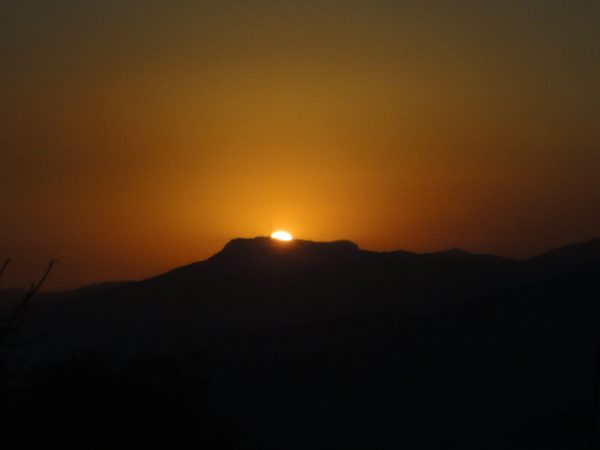
Now you have all the lights ready to head out on your trek. First – everything looks different at night. What is an obvious trail during the daylight hours that will likely be nearly invisible at night? Also, you will have a natural tendency to “circle” at night. Without a compass or a trail to follow nearly everyone ends up making circles. This means you need to be more conservative in your navigation. The best thing to do is find and follow handrails if at all possible – even if it takes you a little out of your way. (Handrails are linear features like roads, trails, streams, etc…). The navigator also needs to communicate more with the team at night – a team member who might be nervous about the navigation in the daytime is more so at night. Talking through the navigation plan does 2 things – makes the team more comfortable and it may even help you avoid mistakes.
Some of the things that are important in the daylight are even more so at night. Always preach “time and pace”. If you are following a linear feature (or not) you should always have a good idea of how far you have gone. Always use kilometers and will give an example here. A team walking quickly through the woods can travel about 1 km in 10 minutes. The maps are almost always gridded off in UTM coordinates – which are 1 km square blocks. Lots of teams walked for 45 minutes before realizing they went too far (and have made mistakes like this too). If you are looking for something 1 km away it will not take you 45 minutes (unless the terrain is horrible) to get there. So at each feature where you know where you have announced to the team something like – “It is 1:30 AM, we are looking for a small trail in this direction less than 1 km away, and we should see it before 1:30 AM”. This involves the team, reinforces your navigation plan, and gives you a goal.
Night Navigation – Find The Way Out
- 10-500
- High
- Outdoor
- 180-300 min
- Appreciation of Diversity
- Leadership Development
- Adaptability and Problem-Solving
- Resilience and Stress Management

Similar Activities
- GROWING BETTER EVERY MINUTE
Get your Business
Right up There
Identifying the missing pieces in the organization or the fading magic of it or perhaps just a lack of acceptance of the same; one of these is enough to get any organization into the act. As it is been rightly said “Acceptance first step towards transformation.” You cannot change if you don’t know where to start and those around you!


